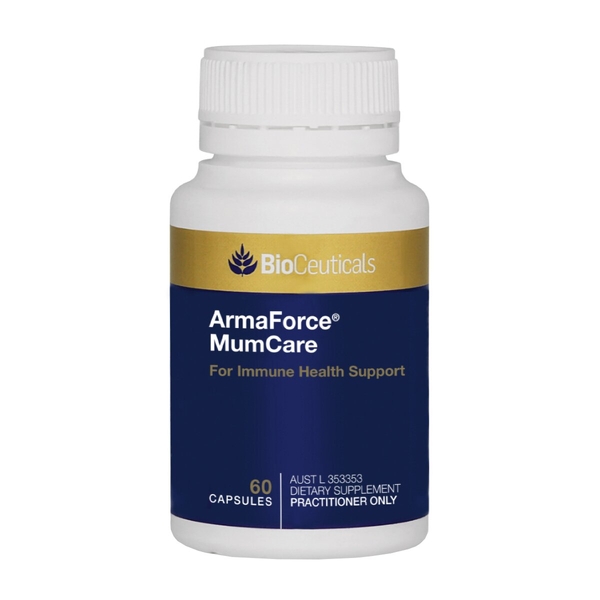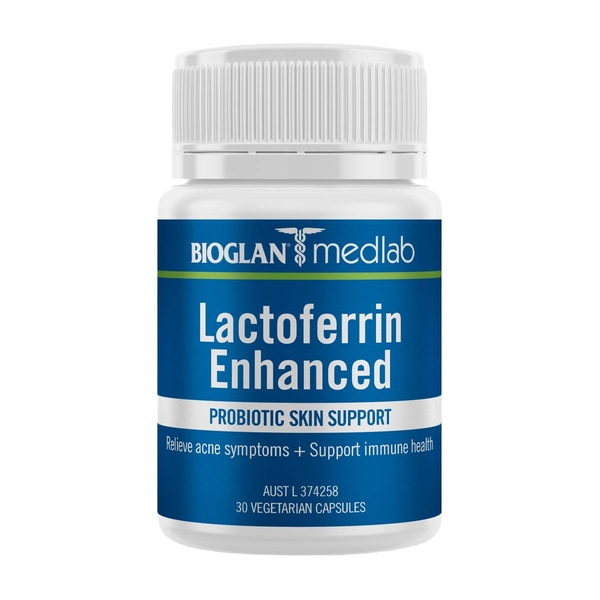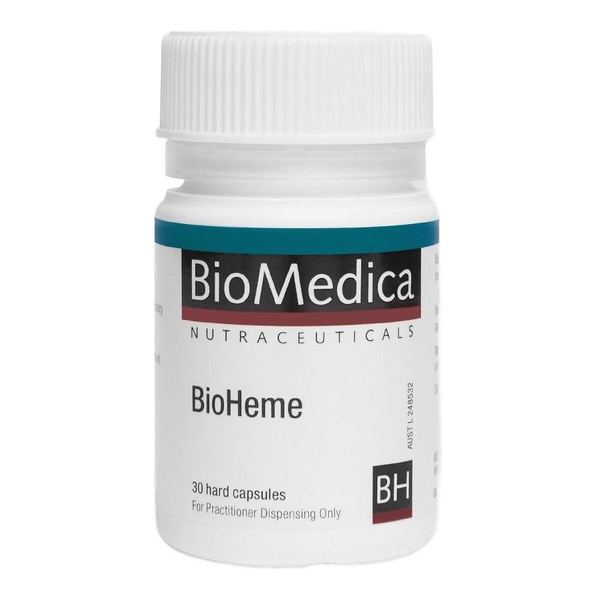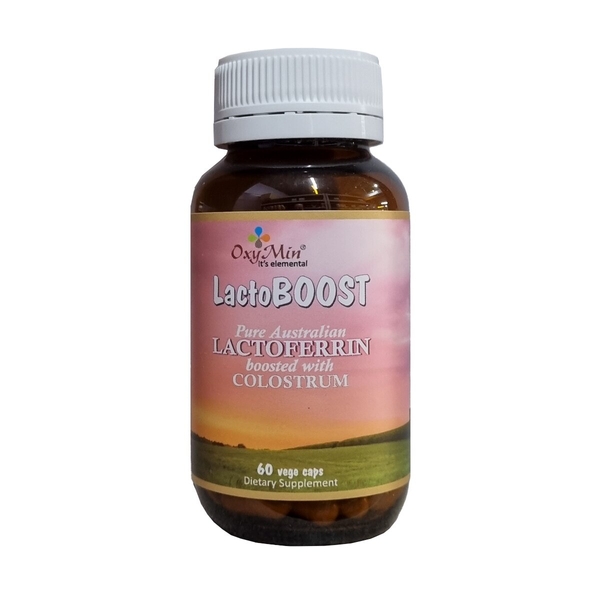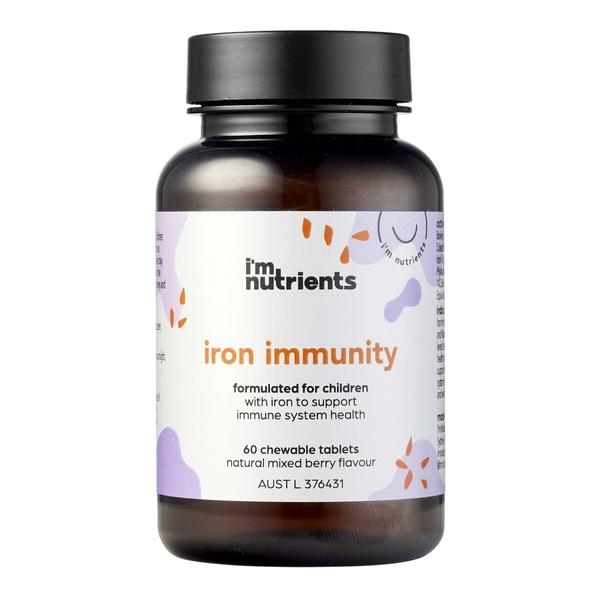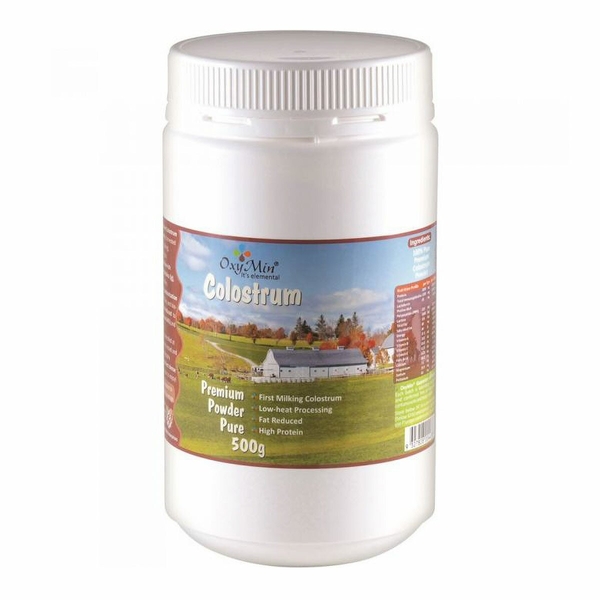
Lactoferrin
Scientific names: Lactoferrin
Alternate names: Apolactoferrin, Bovine Lactoferrin, Human Lactoferrin, Lactoferrina, Lactoferrine, Lactoferrine Bovine, Lactoferrine Humaine, Lactoferrins, Recombinant Human Lactoferrin
Background
Lactoferrin is a protein in human milk, animal milk, and other bodily fluids. Colostrum, the first milk made after a baby is born, is higher in lactoferrin.
Lactoferrin helps regulate how well iron is absorbed into the body from the intestine. It also seems to protect against infections from bacteria, viruses, and fungi. The lactoferrin in breastmilk is thought to help protect breast-fed infants against infections.
People commonly use lactoferrin for low iron levels during pregnancy and for preventing blood infections (sepsis) in premature infants. It is also used for diarrhea, common cold, and many other conditions, but there is no good scientific evidence to support these other uses.
Lactoferrin helps regulate how well iron is absorbed into the body from the intestine. It also seems to protect against infections from bacteria, viruses, and fungi. The lactoferrin in breastmilk is thought to help protect breast-fed infants against infections.
People commonly use lactoferrin for low iron levels during pregnancy and for preventing blood infections (sepsis) in premature infants. It is also used for diarrhea, common cold, and many other conditions, but there is no good scientific evidence to support these other uses.
Safety Safety definitions
When taken by mouth: Lactoferrin is commonly consumed in foods. Consuming higher amounts of lactoferrin from cow's milk is possibly safe for up to one year. Human lactoferrin that is made from specially processed rice appears to be safe for up to 14 days. Taking doses higher than 7.2 grams daily seems to increase the risk of side effects, such as skin rash, loss of appetite, constipation, diarrhea, and nausea.
When applied to the skin: There isn't enough reliable information to know if lactoferrin is safe. It might cause skin irritation.
When administered into the vagina: There isn't enough reliable information to know if lactoferrin is safe or what the side effects might be.
Breast-feeding: Lactoferrin is commonly consumed in foods. But there isn't enough reliable information to know if taking larger amounts used as medicine by mouth or as vaginal tablets are safe when breast-feeding. Stay on the safe side and stick to food amounts.
Children: In infants and young children, lactoferrin is possibly safe when added to formula or other foods, such as yogurt. There isn't enough reliable information to know if lactoferrin is safe to use in children over 6 years old.
When applied to the skin: There isn't enough reliable information to know if lactoferrin is safe. It might cause skin irritation.
When administered into the vagina: There isn't enough reliable information to know if lactoferrin is safe or what the side effects might be.
Special Precautions & Warnings:
Pregnancy: Lactoferrin is commonly consumed in foods. Lactoferrin is possibly safe when taken by mouth in doses of 200 mg daily during pregnancy. There isn't enough reliable information to know if lactoferrin vaginal tablets are safe to use when pregnant. Stay on the safe side and avoid use.Breast-feeding: Lactoferrin is commonly consumed in foods. But there isn't enough reliable information to know if taking larger amounts used as medicine by mouth or as vaginal tablets are safe when breast-feeding. Stay on the safe side and stick to food amounts.
Children: In infants and young children, lactoferrin is possibly safe when added to formula or other foods, such as yogurt. There isn't enough reliable information to know if lactoferrin is safe to use in children over 6 years old.
Effectiveness
NatMed Pro rates effectiveness based on scientific evidence according to the following scale: Effective, Likely Effective, Possibly Effective, Possibly Ineffective, Likely Ineffective, Ineffective, and Insufficient Evidence to Rate.
Possibly effective Effectiveness definitions
- Low iron levels during pregnancy. Taking lactoferrin as a source of iron during pregnancy is about as effective as taking iron supplements by mouth and might be as effective as an iron injection given by a healthcare provider.
- Blood infection (sepsis). Giving lactoferrin by mouth to premature infants might help prevent serious blood infections.
Likely ineffective Effectiveness definitions
- Death of an unborn or premature baby. Taking lactoferrin does not seem to prevent the death of premature infants.
- A serious intestinal disease in premature infants (necrotizing enterocolitis or NEC). Taking lactoferrin does not seem to prevent premature infants from developing NEC.
Dosing & administration
Lactoferrin has most often been used by adults in doses of 100-400 mg by mouth daily for up to 12 weeks. It's also used in topical and vaginal products. Speak with a healthcare provider to find out what type of product and dose might be best for a specific condition.
Interactions with pharmaceuticals
It is not known if Lactoferrin interacts with any medicines. Before taking Lactoferrin, talk with your healthcare professional if you take any medications.
Interactions with herbs & supplements
There are no known interactions with herbs and supplements.
Interactions with foods
There are no known interactions with foods.
Products
View all productsPractitioner product
Practitioner product
Practitioner product
RRP: $59.95$56.96Save: 5%
Create account
Per 2 g:
Practitioner product
RRP: $59.99$54.00Save: 10%
Create account
RRP: $195.00$185.25Save: 5%
Create account
vital.ly has licensed monographs from TRC Healthcare.
This monograph was last reviewed on 03/10/2024 10:00:00 and last updated on 11/09/2020 01:41:35. Monographs are reviewed and/or updated multiple times per month and at least once per year.
Natural Medicines disclaims any responsibility related to medical consequences of using any medical product. Effort is made to ensure that the information contained in this monograph is accurate at the time it was published. Consumers and medical professionals who consult this monograph are cautioned that any medical or product related decision is the sole responsibility of the consumer and/or the health care professional. A legal License Agreement sets limitations on downloading, storing, or printing content from this Database. No reproduction of this monograph or any content from this Database is permitted without written permission from the publisher. It is unlawful to download, store, or distribute content from this site.

